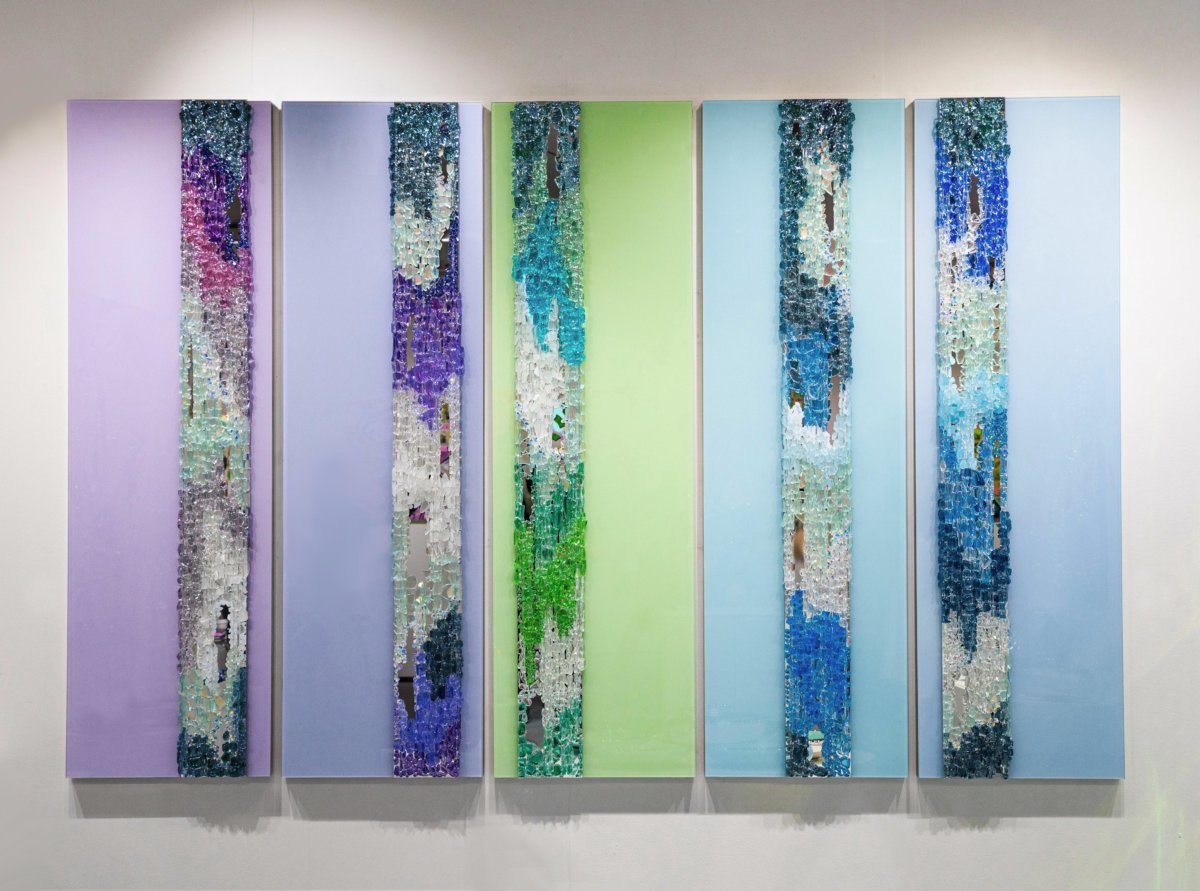After two years, India Art Fair, the first platform for discovering modern and contemporary art from India and South Asia, has returned to a physical format. The next edition, which will take place from April 28 to May 1, 2022, will have 77 exhibitors. The fair highlights the next generation of artists alongside modern masters through initiatives such as lectures in an auditorium, performances, outdoor art projects and artist-led workshops.
In a free conversation, Jaya Asokan, Fair Director, India Art Fair, talks about the Indian art market, NFTs, what to look for at the fair and offers tips for aspiring art collectors .
BT: What can we expect at the India Art Fair this year and how will it be different?
Jaya Asokan (JA): This edition marks the fair in its physical format after two years. We envision this to be a great celebration of Indian and South Asian art. Also, to show solidarity within the artistic community in India, we are working with an unprecedented number – 14 – of local foundations and NGOs. Of course, art and artists are at the forefront of all of this. We seek innovative ways to change the dialogue of what art is today. We did a lot of active programming in the last year with respect to emerging artists and the next generation. Some are more curatorial, others more for the public. We also do a lot in terms of educating people, which we hadn’t done before. We give them exposure, access to more information, so the art world becomes less intimidating to them. We give people a much more intimate view of artists and their studios through our films. This has been a marked difference in this edition compared to previous editions. Going forward, the idea is to think of it as a 365 day format where we do different things throughout the year and the highlight is the fair.
BT: You said there would be more emphasis on emerging artists?
JA: There will certainly be. We believe that in some ways they have been the hardest hit by the pandemic. And they are making their foray into the art world so the idea is also to give them a very solid platform to present their work.
BT: How are NFTs disrupting the traditional art market?
JA: I think the emergence of NFTs is only expanding the conversation. I think the way they’re presented they seem very disruptive, but they just broaden the conversation about what art is. They just really expanded the market for art and artists. For me, whatever the format in which the art is conveyed, it is always the content that is essential.
We have NFTs at the fair. They are definitely part of the conversation. What accompanies NFTs are the players in this new market. Whether it’s collectors, buyers, artists, there’s this whole new group of stakeholders that are integral to the conversation. We are very happy to welcome them to the growing world of the Indian art market.
BT: Is there a growing interest in NFTs?
JA: Yes definitely. In India you now have galleries representing artists with NFTs. We’ve seen artists like Raghva KK who was an early entrant into the NFT space from India and sold for a record $94,500 at Sotheby’s New York. Does interest in NFT exceed interest in the traditional art form, perhaps not at the moment. But is there a curiosity and an interest in better understanding this space, of course.
Where do you see the art market heading?
JA: Overall, the Indian art market is recovering at a record pace. Despite the challenges of the pandemic, the art has done very well. Whether masters or contemporary art, sales went well. We also see the emergence of new galleries in the country. The Indian art market is quite dynamic with strong domestic demand.
What would you recommend to someone starting out as a collector?
JA: For one thing, see as much as you can. Learn about the art form that appeals to you personally. Understanding a little more about the artist’s journey, his affiliations, his method, his process, which also makes it very interesting. Try to interact with the artist. It’s also about building relationships, which makes traveling fun. Young artists also need patronage. So connect with artists in your own age group and then grow with them.
BT: What are a few things we should be looking for at the India Art Fair this year?
JA: Definitely the facade, which is probably Delhi’s biggest canvas. There is a very young artist called Anshuka Mahapatra who designed the facade. Apart from that, we also have a great performance art platform. We have artists in residence who do performance art. We are working with a collective of trans artists and they are doing a huge fresco for the entrance to the fair. We believe in diversity and inclusion, so we’re very excited about that as well.
BMW, which is our main sponsor, has done something very interesting. They made an open call for an Indian artist to design the ramp for their electric car. It was a jury competition where we also had the public vote. So you will also see it at the fair.
Also read: ‘Mr Musk knows it well’: EU says its rules apply to all online platforms
Also Read: Jet Airways to Begin Recruiting Qualified Candidates Soon; check the details




